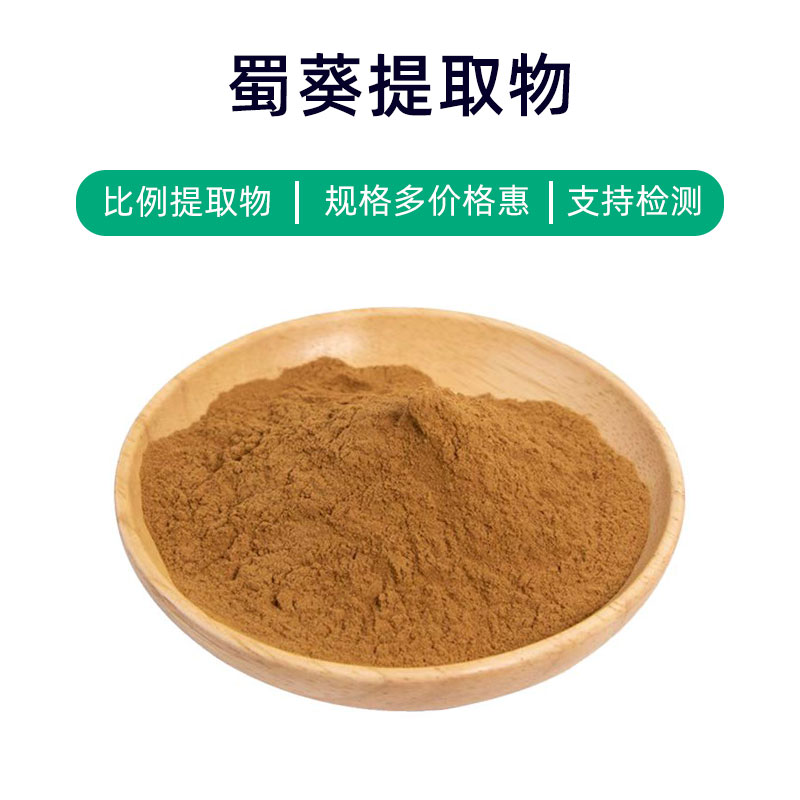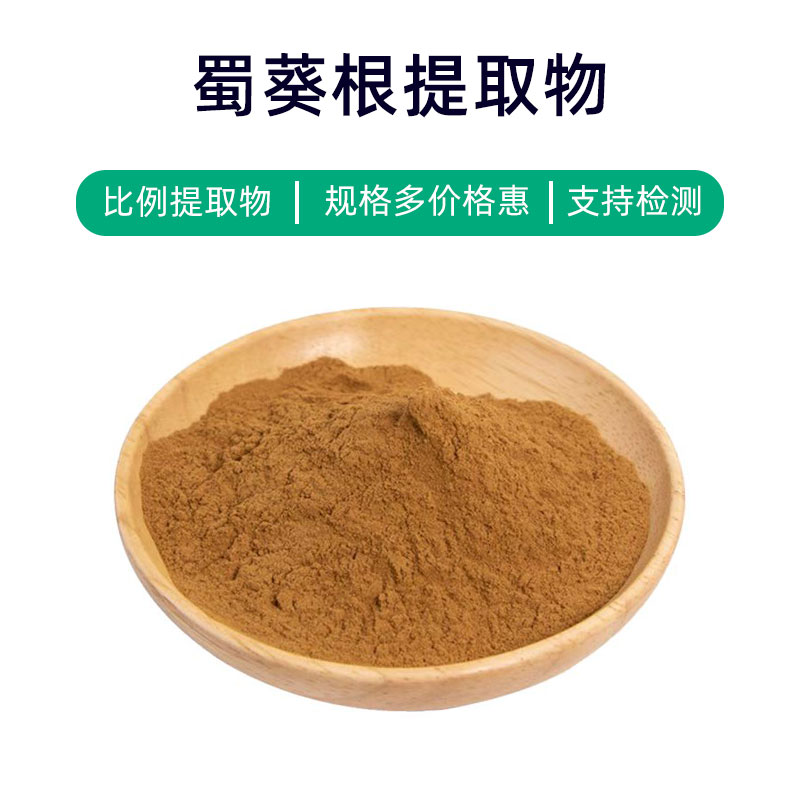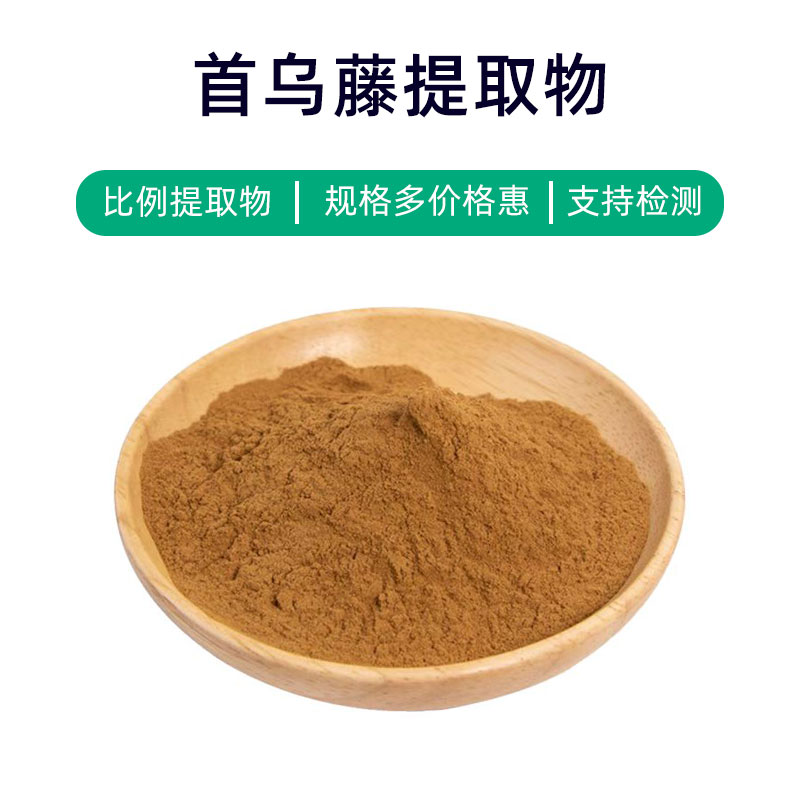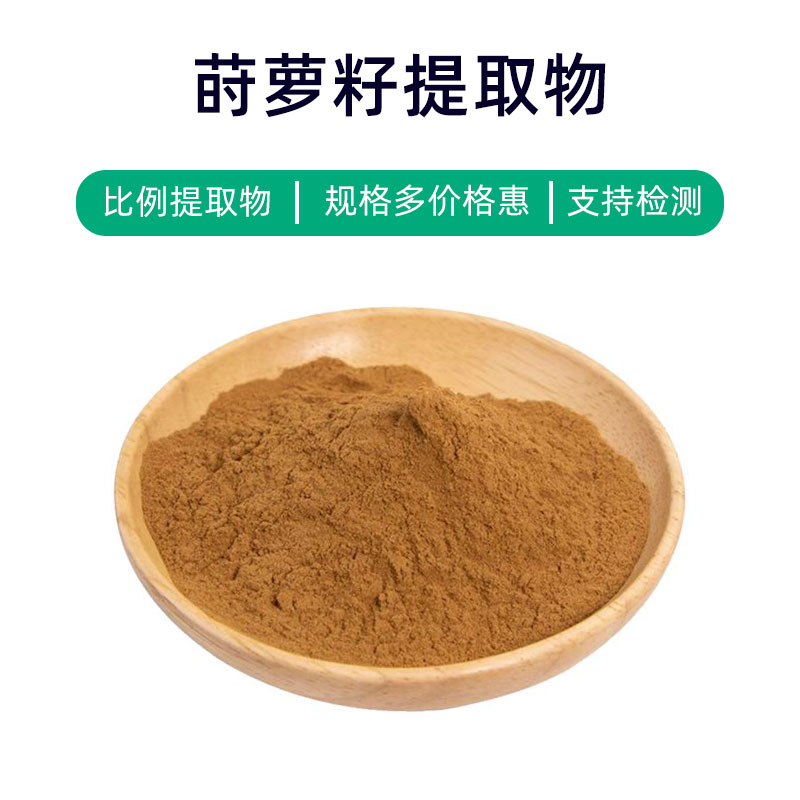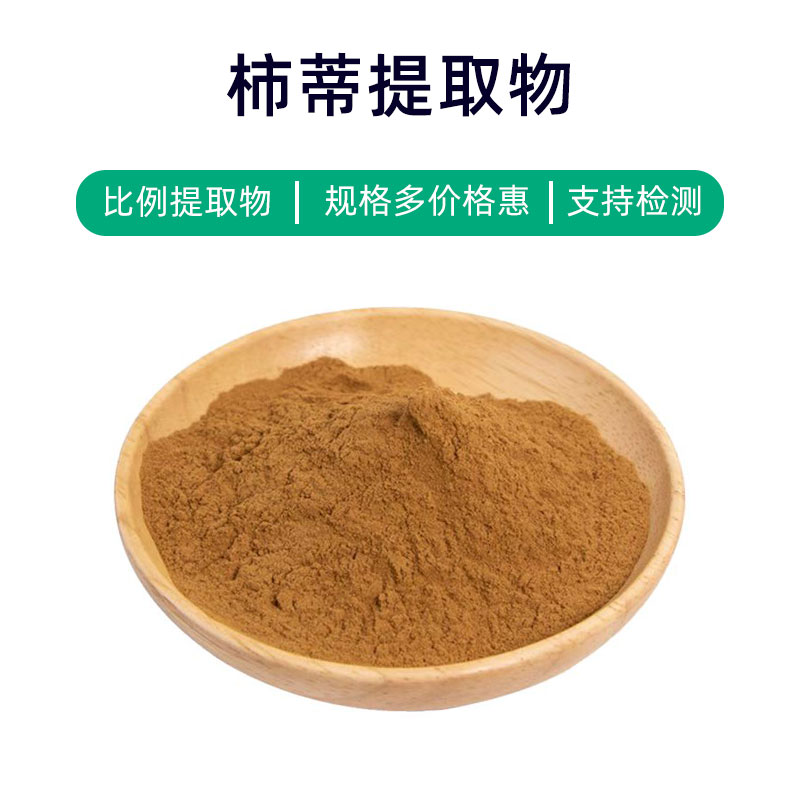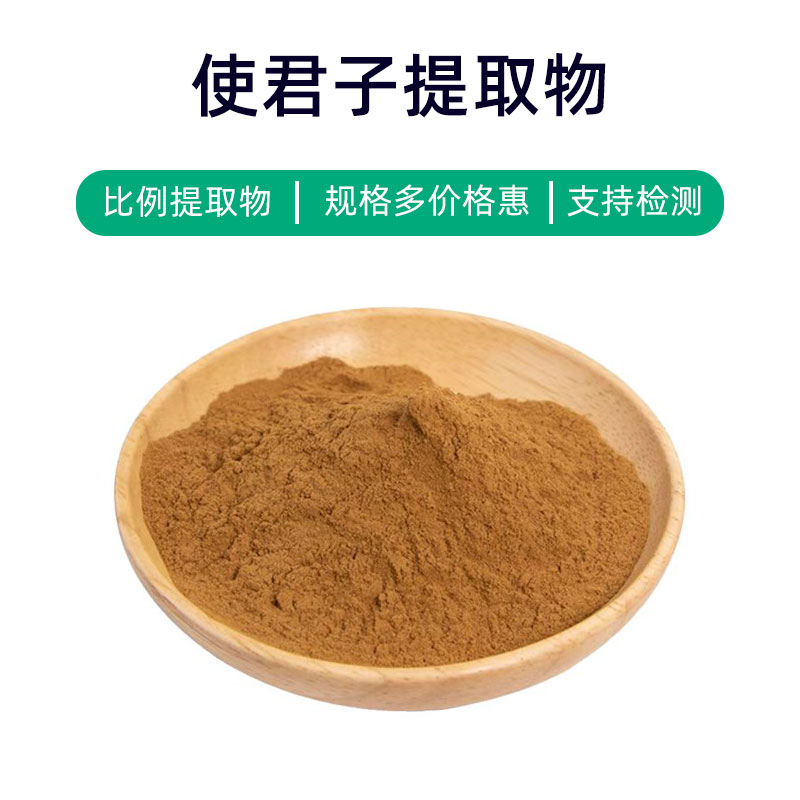Loquat Leaf Extract Product Introduction
Loquat leaf extract is a botanical extract derived from the leaves of the loquat tree (Eriobotrya japonica), primarily composed of amygdalin, essential oils, flavonoids, and other substances. These components give loquat leaf extract various benefits and applications. First, this extract has antioxidant and anti-inflammatory effects, helping neutralize free radicals, reduce inflammatory responses, and protect cells from oxidative damage. Secondly, loquat leaf extract is widely used in the medical and health supplement fields, commonly employed for improving cough, expelling phlegm, and soothing the lungs, benefiting the respiratory system. Additionally, loquat leaf extract can be included in cosmetics, such as masks and skincare creams, to soothe and purify the skin and improve overall skin condition. In summary, loquat leaf extract is a multifunctional botanical extract with applications across medicinal, health supplement, and cosmetic fields, providing a natural and effective option for health and beauty.
Loquat Leaf Extract Production Process
The production process for loquat leaf extract includes the following main steps:
- Raw Material Preparation: Start by collecting fresh loquat leaves, which undergo initial cleaning and selection to remove impurities.
- Extraction/Solvent Extraction: Cut the cleaned loquat leaves into smaller pieces and place them in an extraction tank. Add an appropriate solvent (such as ethanol or water) for soaking or reflux extraction. Under controlled temperature and time, the effective components of the loquat leaves dissolve into the solvent.
- Filtration: Filter the extract through a sieve to remove solid residues and impurities, yielding a clear extract.
- Concentration: Evaporate or vacuum concentrate the extract to remove the solvent and concentrate the active ingredients.
- Precipitation/Crystallization: If necessary, control the temperature or add appropriate precipitating agents to precipitate or crystallize the desired components from the extract.
- Separation/Purification: Use centrifugation or filtration methods to separate and isolate the precipitate or crystals to obtain purified loquat leaf extract.
- Drying: Employ spray drying or vacuum drying to produce a powdered product from the obtained loquat leaf extract.
- Quality Control: Conduct quality inspections on the final product, including checks on appearance, color, smell, and other indicators, to ensure compliance with relevant standards and regulations.
- Packaging: Finally, package the qualified loquat leaf extract, usually using sealed packaging to prevent moisture and contamination.
The entire production process requires strict control of each parameter to ensure the quality and purity of the extract, guaranteeing its effectiveness in pharmaceuticals, food, and cosmetics.
Effects and Side Effects of Loquat Leaf Extract
As a natural botanical extract, loquat leaf extract has various benefits and functions in medicine, health supplements, and cosmetics.
Main Benefits and Effects:
- Antioxidant Effects: Loquat leaf extract is rich in polyphenolic compounds, like flavonoids and phenolic acids, offering significant antioxidant activity to neutralize free radicals and protect cells from oxidative damage.
- Anti-Inflammatory Effects: The active components in loquat leaf extract can inhibit inflammatory responses, reducing tissue inflammation and swelling, and showing effectiveness in treating inflammatory skin conditions.
- Blood Sugar Control: Some studies suggest that loquat leaf extract can lower blood sugar levels and improve pancreatic function, helping with blood sugar regulation, making it suitable for diabetes management.
- Antibacterial Effects: Components in loquat leaf extract exhibit antibacterial properties, inhibiting the growth of bacteria and fungi, and aiding in the treatment of skin infections and inflammation.
- Anti-Allergy Effects: Loquat leaf extract contains various anti-allergenic components, which can lessen allergic reactions and alleviate symptoms of allergic diseases, such as allergic rhinitis and dermatitis.
Side Effects and Safety:
Loquat leaf extract is generally considered safe, but some individuals may experience adverse reactions, such as allergies or digestive discomfort. Therefore, conducting a skin sensitivity test prior to use is recommended, and excessive use should be avoided. Additionally, special populations such as pregnant or breastfeeding women and children should consult a physician before use.
In summary, loquat leaf extract provides various benefits, including antioxidant, anti-inflammatory, blood sugar-lowering, and antibacterial effects, suitable for medicinal, health supplement, and cosmetic applications. When used at appropriate doses and methods, it can effectively support health and beauty.
Application Scenarios and Dosage of Loquat Leaf Extract
Loquat leaf extract finds extensive application in medicine, food, and cosmetics. Below are descriptions of its uses across various fields along with corresponding dosages.
Medical Applications and Dosage:
- Cough and Cold: Loquat leaf extract is commonly used in cough and phlegm-relieving medications, treating coughs and respiratory diseases. Generally taken orally, the adult dosage is 3-6 grams per dose, 2-3 times daily.
- Respiratory Inflammation: For asthma, bronchitis, and other respiratory inflammatory conditions, loquat leaf extract can be formulated into medications, exhibiting anti-inflammatory and cough-relieving effects. Dosages are typically similar to those mentioned above.
Food Applications and Dosage:
- Food Additive: Loquat leaf extract is often used as a food additive to enhance taste and nutritional value in products like pastries, candies, and tea drinks. The usual dosage is 0.1-0.5 grams per kilogram of food.
- Health Foods: Loquat leaf extract is also commonly used in health food formulations, such as loquat leaf oral liquids and capsules, aimed at improving respiratory health. The typical adult dosage is 500-1000 milligrams daily.
Cosmetic Applications and Dosage:
- Skincare Products: Given its antioxidant and anti-inflammatory properties, loquat leaf extract is suitable for skincare products like masks, lotions, and serums, providing soothing and purifying benefits. The usual dosage is 0.5-2% of the total formulation.
- Hair Care Products: Loquat leaf extract can be utilized in shampoos and conditioners to help maintain scalp health and reduce dandruff and hair loss. The typical dosage is 1-3% of the total formulation.
When using loquat leaf extract, it is essential to follow specific recommendations on dosage and usage from product instructions to avoid overuse or improper application, which may lead to adverse reactions. Special populations, such as pregnant or breastfeeding women and children, should use this extract under medical guidance.
Introduction to the Source Plant of Loquat Leaf Extract, Its Distribution, and Growth Environment
The source plant for loquat leaf extract is the loquat tree (scientific name: Eriobotrya japonica), a common woody plant belonging to the rose family (Rosaceae) and the loquat genus (Eriobotrya). Below are descriptions of the loquat tree's botanical characteristics, distribution, and growth environment.
Botanical Characteristics of the Loquat Tree:
- Tree Outline: The loquat tree is an evergreen or semi-evergreen tree with a round or oval crown and dense foliage.
- Leaf Characteristics: Loquat leaves are elongated or oval-shaped, leathery, glossy, with finely serrated edges, smooth upper surfaces, and grayish-white undersides, usually covered in fine hairs.
- Flower Characteristics: The flowers of the loquat tree are white or pale yellow, emit a pleasant fragrance, and have five petals.
- Fruit Characteristics: Loquat fruits are orange to reddish-orange pomes, sweet and sour in taste, with a smooth surface.
Distribution:
The loquat tree is native to China and primarily distributed in Southern China’s Guangdong, Fujian, Guangxi, Jiangxi, and Zhejiang provinces. Additionally, it is widely cultivated in Japan, Korea, Vietnam, and other Asian countries, as well as regions like the United States and Brazil.
Growth Environment:
The loquat tree thrives in warm and humid climates, with no strict temperature requirements but sensitivity to low temperatures and frost. The ideal growth temperature is between 15-30 degrees Celsius. It is not particularly demanding regarding soil but prefers loose, well-drained soils. It can grow in hilly or mountainous areas, typically found at altitudes of 300-1500 meters.
The loquat tree has a high light requirement, thriving with ample sunlight, although it can also grow in partially shaded areas. Moreover, it has a certain tolerance for humid environments, but prolonged exposure to dampness can lead to diseases. Under suitable growth conditions, the loquat tree exhibits vigorous growth and has a long growth cycle, usually taking several years to bear fruit.
In summary, the loquat tree is an evergreen tree that grows well in warm and humid climates, demonstrating excellent adaptability and economic value. It is widely distributed and cultivated in Southern China and other Asian countries.
Processing and Storage of Loquat Leaf Extract
The processing of loquat leaf extract typically involves the following steps: first, fresh loquat leaves are collected, initially cleaned, and dried. Next, they undergo grinding, solvent extraction, filtration, concentration, and drying steps, ultimately yielding loquat leaf extract. For storage, it should be kept in a cool, dry place, shielded from direct sunlight, and sealed to maintain the stability of its active components. Proper storage helps preserve the quality and efficacy of the loquat leaf extract.
Monica Sun is a seasoned expert in the plant extraction industry with over a decade of experience in research and production. She specializes in the extraction and purification of plant active ingredients, focusing on driving innovation in natural product applications. Monica has participated in the development of multiple functional plant extracts, delivering high-value natural raw material solutions for the health food, pharmaceutical, and dietary supplement sectors.









